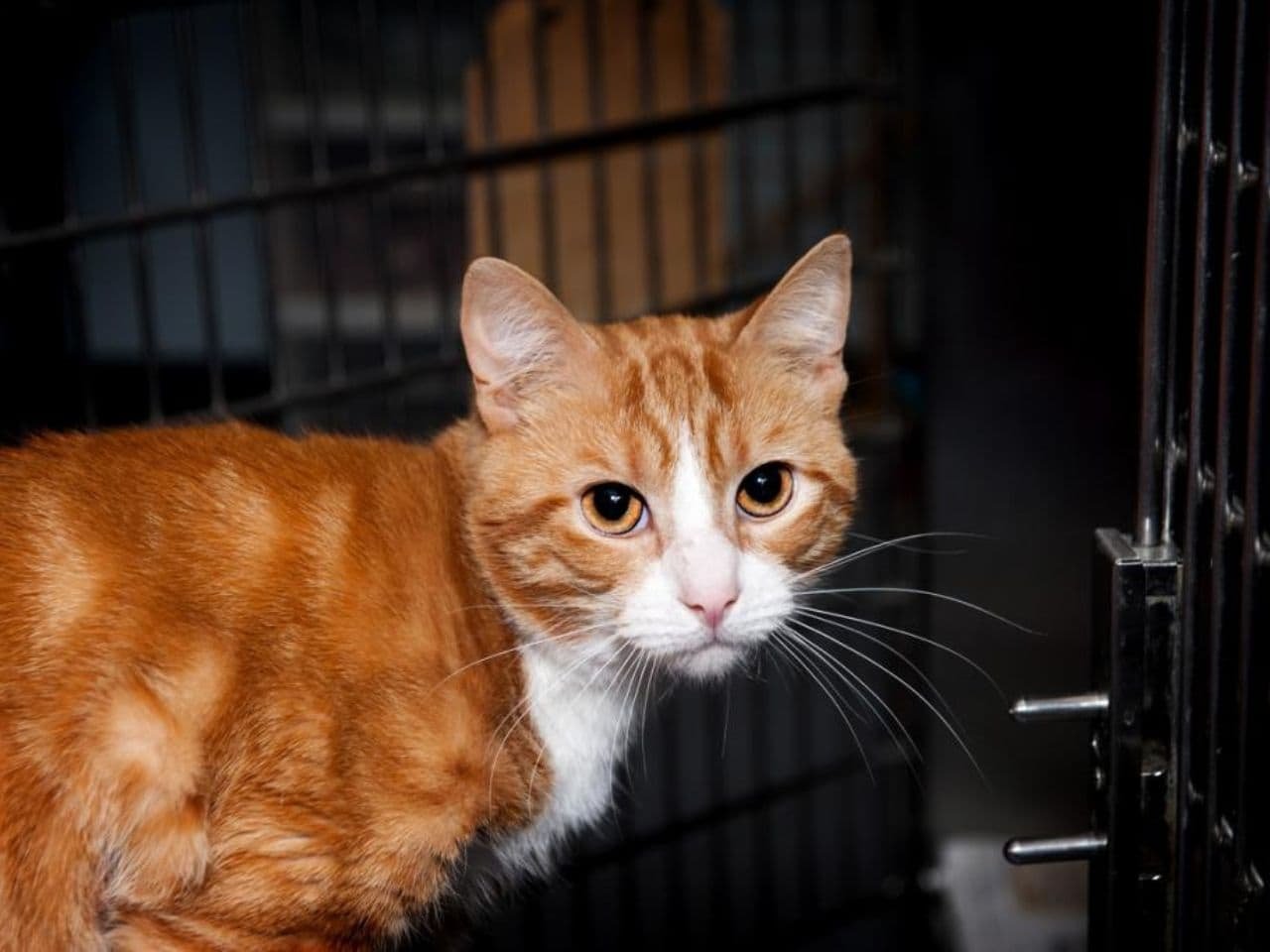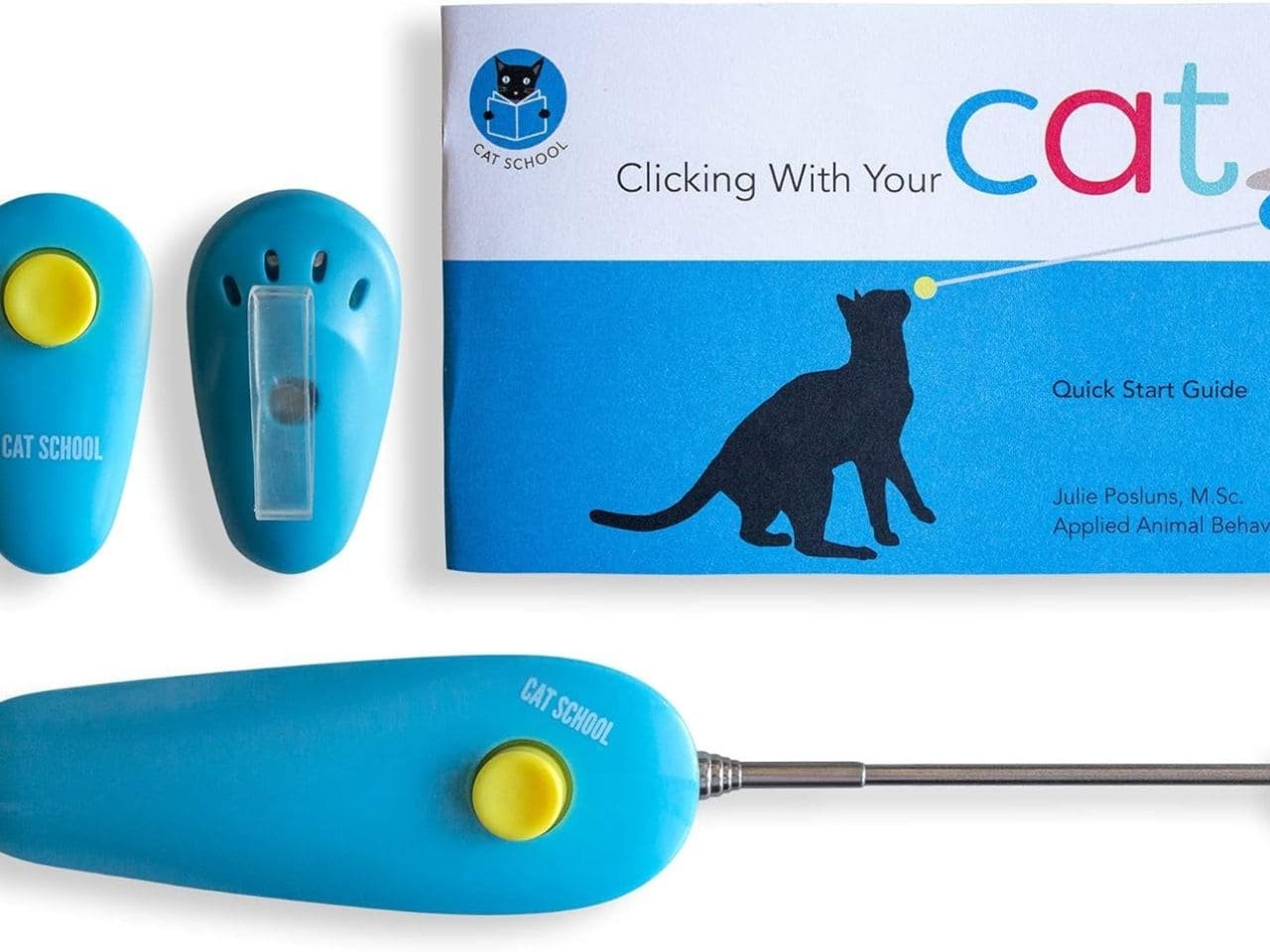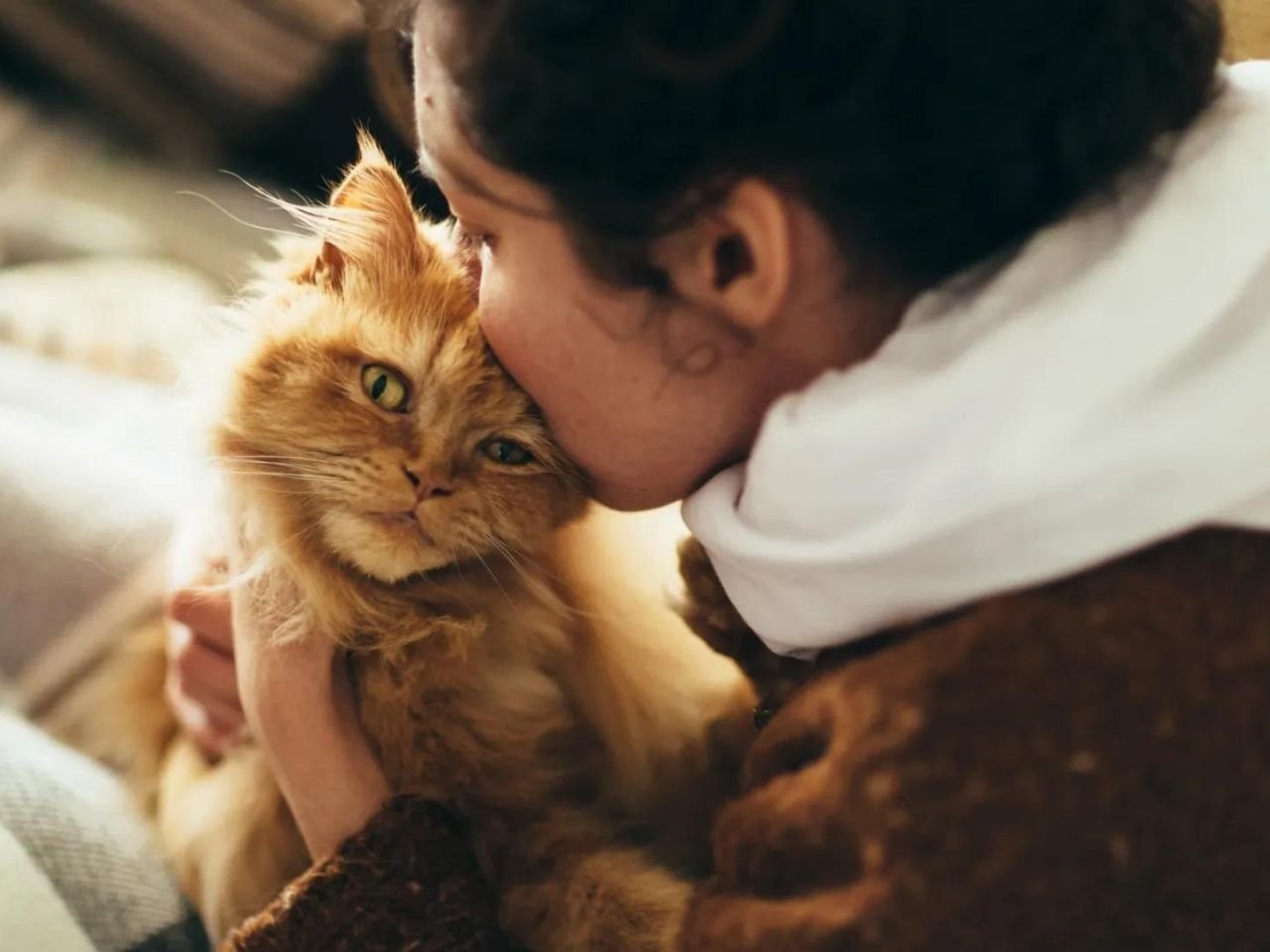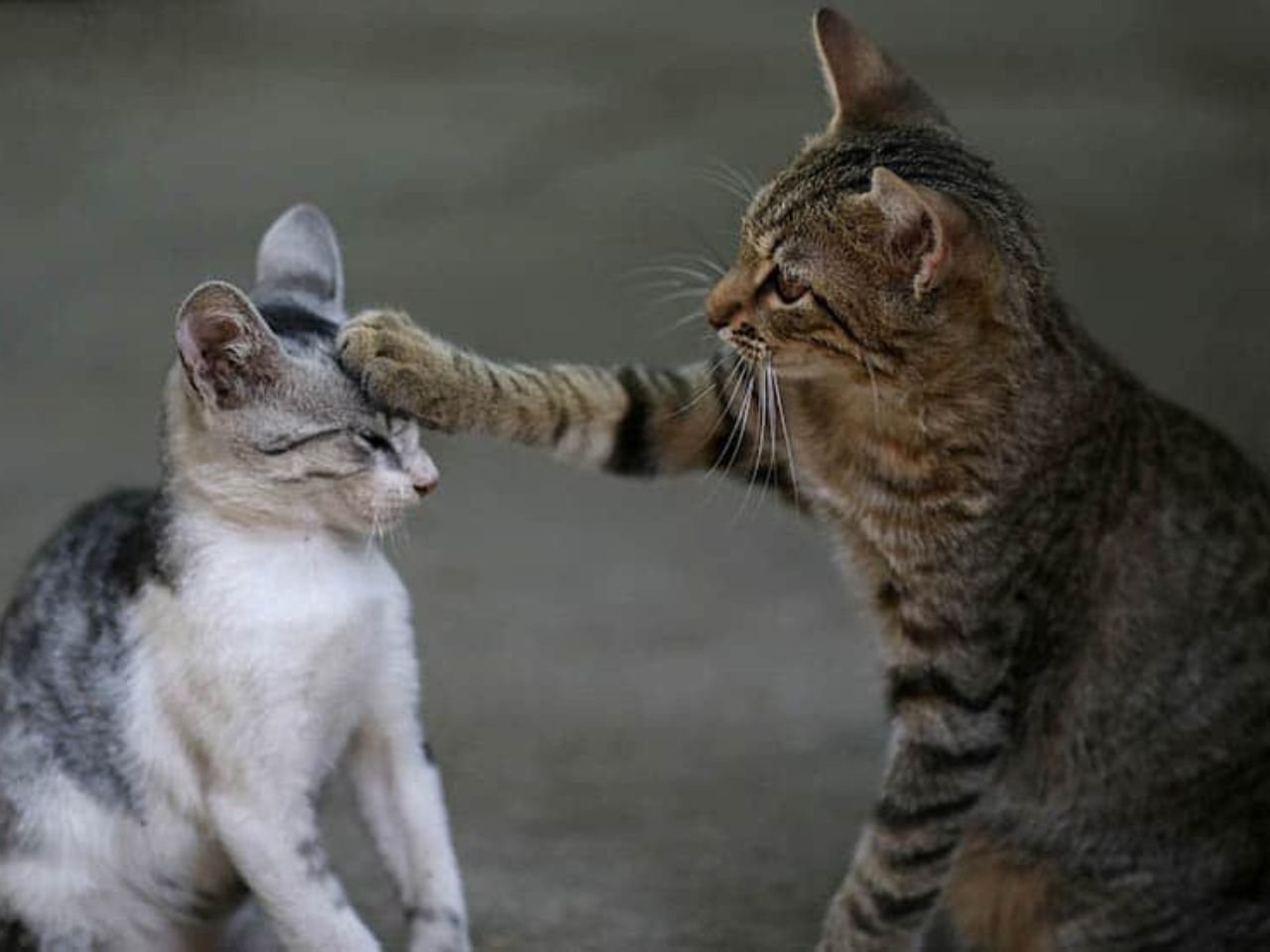Discover helpful tips on how to improve the relationship between your pets. Find out, “Will My Cat Ever Like My Dog?” and create harmony at home.
Yes, your cat can learn to like your dog. It requires patience, time, and proper introduction techniques.
Introducing a cat to a dog can be challenging but rewarding. Both animals have unique social behaviors and instincts. Proper introductions and gradual exposure are key to fostering a peaceful relationship. Start by allowing them to sniff each other’s scent without direct contact.
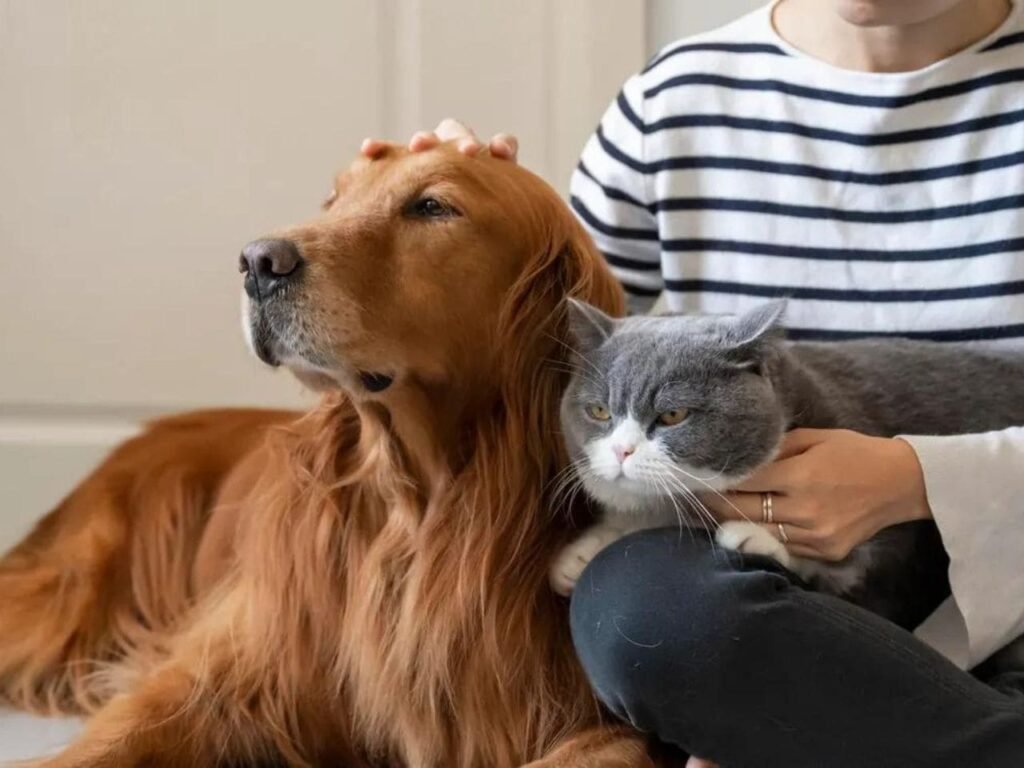
Use positive reinforcement to reward calm behavior. Over time, with consistent effort, many cats and dogs can coexist harmoniously. Each pet’s personality will influence the process, so be patient. Providing separate spaces for each animal can help them feel secure. Successful integration leads to a happier, more cohesive household. With dedication, you can help your cat and dog become friends.
Understanding Cat And Dog Behavior
Introducing a cat and a dog to each other can be challenging. Understanding their behavior is key to helping them get along. While some cats and dogs become best friends, others may take time. This blog will help you understand their behavior and how to socialize them. Must Read Why Does My Cat Trill And Run Away?
Differences In Behavior
Cats and dogs have different ways of behaving. These differences can sometimes lead to misunderstandings. Knowing these differences can help in creating a peaceful environment.
Cats are usually more independent. They enjoy their personal space and may not like being disturbed. They communicate through body language. For example, a twitching tail might mean they are annoyed.
- Cats use their paws to bat at objects or animals.
- Dogs use their mouths to explore and play.
- Cats prefer high places to feel safe.
- Dogs are more social and enjoy being part of a pack.
Dogs are more social and playful. They often like to chase and play rough. This behavior can scare a cat. Dogs use their tails to show happiness, but a wagging tail might confuse a cat.
Socialization With Other Animals
Socializing a cat and a dog takes time and patience. It’s important to start slowly and create positive experiences for both.
Begin by keeping them in separate rooms. Let them get used to each other’s scent. Swap their bedding so they can smell each other without direct contact. Once they are comfortable with the scent, you can move to the next step.
Use a baby gate to allow them to see each other but not touch. This helps them get used to each other’s presence. Give treats to both during these meetings. This helps to create positive associations.
- Short supervised visits: Allow them to meet for short periods while supervised.
- Positive reinforcement: Reward them with treats and praise for good behavior.
- Separate spaces: Ensure they each have their own space to retreat to.
With time, they will start to tolerate each other. Some may even become friends. Remember, patience is key. Each cat and dog is unique, and their relationship will develop at its own pace.
Introducing A Dog To A Cat
Introducing a new dog to a cat can be a challenge. Many cat owners worry about their pets getting along. Cats and dogs have different behaviors and needs. But with patience and the right steps, they can become friends. This guide will help you introduce your dog to your cat.
Initial Introduction
The first meeting between your cat and the dog is crucial. Keep them separated at first. Let them get used to each other’s scent. Swap their bedding or use a cloth to transfer scents. This helps them recognize each other.
Use a baby gate or a door to let them see each other. Supervise their interactions closely. Watch for signs of stress or aggression. Give treats and praise for calm behavior. Repeat these short meetings several times a day.
Here are some important tips for the initial introduction:
- Keep the meetings short and positive.
- Never force them to interact.
- Watch their body language closely.
- Reward calm behavior with treats.
ALSO READ:
Creating Safe Spaces
Both pets need their own safe spaces. This helps them feel secure. A safe space is a place where they can retreat and relax. For your cat, set up high places or shelves. Cats feel safer when they can observe from above. Provide a cozy bed in a quiet corner.
For your dog, create a comfortable area with their bed and toys. Use baby gates to separate spaces. This allows them to see each other without direct contact. Feeding them in separate areas can also reduce stress.
Here’s a simple table to help you set up safe spaces:
| Cat’s Safe Space | Dog’s Safe Space |
|---|---|
| High shelves or perches | Comfortable bed |
| Cozy bed in a quiet corner | Favorite toys |
| Separate feeding area | Separate feeding area |
Respect their need for space. This helps them feel safe and reduces stress. Over time, they can learn to share spaces and become friends.
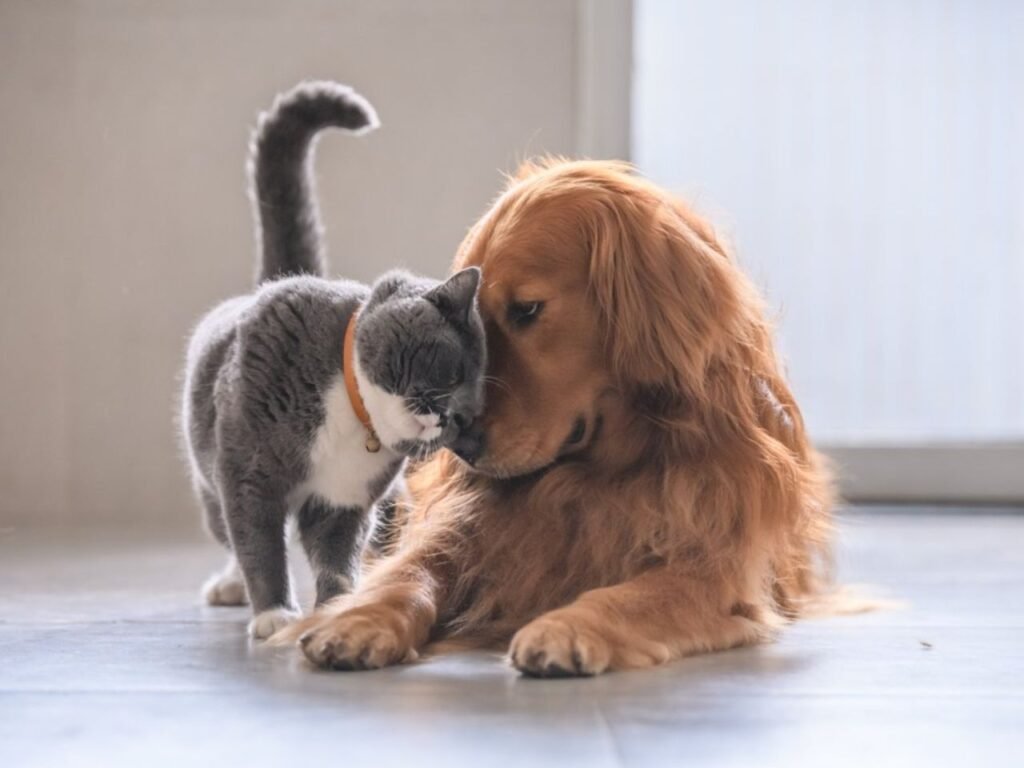
Building Positive Interactions
Introducing a new pet into your home can be both exciting and challenging. Many pet owners wonder, “Will my cat ever like my dog?” Building positive interactions between your cat and dog is essential for a harmonious household. With patience and the right strategies, fostering a friendly relationship between them is achievable. This guide provides practical tips to help your cat and dog get along.
Supervised Encounters
Starting with supervised encounters is crucial for ensuring safety and comfort. Begin by keeping both pets in separate rooms, allowing them to get used to each other’s scent through a closed door. Gradually, allow them to see each other from a distance using a baby gate or a crate. Supervision helps prevent any aggressive behavior.
During these initial meetings, keep interactions short and positive. Watch for signs of stress or aggression, such as hissing, growling, or barking. If these occur, separate the pets and try again later. Consistency is key to helping them adjust to each other’s presence.
- Allow brief, controlled interactions daily.
- Use a leash for the dog to maintain control.
- Provide each pet with a safe space to retreat to.
Over time, increase the duration of these interactions as both pets become more comfortable. Patience and consistency will help them build trust and familiarity. Remember, supervised encounters are essential in the initial stages.
Positive Reinforcement
Positive reinforcement is a powerful tool in training pets to coexist peacefully. Rewarding your cat and dog for calm behavior around each other encourages a positive association. Use treats, praise, and petting as rewards during interactions.
For example, if your cat remains calm while the dog is nearby, offer a treat. Similarly, reward the dog for sitting quietly in the presence of the cat. This method reinforces good behavior and helps both pets understand that being together brings positive experiences.
| Behavior | Reward |
|---|---|
| Calm sitting | Treat |
| No hissing or growling | Petting |
| Quiet observation | Praise |
Using positive reinforcement, both pets will associate each other with good things, reducing the likelihood of conflict. It’s also helpful to engage in joint activities, such as playtime or feeding sessions, to strengthen their bond.
Remember, the journey to a peaceful relationship between your cat and dog may take time. Consistent positive reinforcement and patience are key to success. If you face challenges, consider asking a vet, “Does time out work for cats?” for additional advice.
Frequently Asked Questions About Will My Cat Ever Like My Dog
How Long Does It Take For A Cat To Get Used To A Dog?
It usually takes a cat several weeks to a few months to get used to a dog. Patience and gradual introductions help.
Will My Cat Ever Accept My Dog?
Yes, your cat can accept your dog with time and patience. Gradual introductions and positive reinforcement help. Ensure both pets feel safe and comfortable.
Will My Cat Eventually Like My Dog?
Yes, your cat might eventually like your dog. Introduce them slowly, supervise interactions, and give them time to adjust.
What Do I Do If My Cat Doesn’t Like My Dog?
Separate them initially. Gradually introduce them with supervision. Use treats and praise for calm behavior. Create safe spaces for both. Consult a vet or trainer if issues persist.
Achieving harmony between your cat and dog requires patience, understanding, and time. Gradual introductions and positive reinforcement can foster a peaceful relationship. Each pet is unique, so don’t rush the process. With love and care, your cat and dog can learn to coexist happily.



